20 Things Home Buyers Will Hate About Your House
As a home seller, you don't want to let the small — or big — fixes around your house that have added up over the years sabotage your bottom line during a resale.

Even several years post-pandemic, home sales are sluggish due to high mortgage rates and low inventory. The sale of existing homes slid 19% in 2023 from the prior year to 4.09 million, according to the National Association of Realtors. In 2023, the median home price hit $500,584 up almost 10% from $452,510 a year prior. Inventory is low and the competition is intense, although some first-time home buyers may have reached the limits of affordability. If you've been considering listing your property, now might be the time to take advantage.
However, don't let the small — or big — fixes around your house that have added up over the years sabotage your bottom line during a resale. Buyers and home inspectors will notice these maintenance issues during a walk-through, whether virtually or in-person. So now is the time to make these upgrades — repair a cracked window or mildewed caulk in the master bathroom — before they tour your property.
Today's buyers want a move-in-ready home, real estate experts say. Much of what you need to do costs more in effort than cash. You probably don’t need to take on any major remodeling projects unless you’re planning to live in the house long enough to enjoy the results yourself and recoup at least some of the cost in sale price down the road.
It’s smart to consult with a local real estate agent to find out which home features buyers in your area desire most or turn them off most. This should help you determine which improvements are worth the effort and avoid spending more than necessary.
The problem areas mentioned in this slide show are among the biggest buyer turn-offs, according to industry studies and interviews with real estate agents and home-staging experts who deal with buyer preferences every day. They distract potential buyers and detract from all the great things your home does have to offer. Many are easy to fix. You can even do some yourself if you have the time, or enlist the help of a handyman for a fee. Take a look.

1. Haunted-house landscaping
If your yard looks like the Addams Family owns it, you need to tidy up. As soon as the buyer arrives at your home, they will begin judging it. If the outside of your home looks untidy, in need of repair, or overgrown, buyers will begin their viewing with a bad impression.
Besides mowing the lawn, your to-do list should include trimming scraggly trees and shrubs and removing anything that's dead or beyond resuscitation. Edge, weed and mulch garden beds. Plant annuals in a plot or pot for a splash of color. While you're at it, be sure to sweep or hose down your front door and porch to get rid of cobwebs and bug detritus.
- Cost to fix: Around $100-$500 for a landscaper to prune and groom a small tree and a couple of shrubs, according to homeguide.com If you're strapped for cash and don't want to mow the lawn yourself, you can probably get a neighbor's kid to do it for a fraction of what you'd pay a professional lawn care service.

2. Your personal interests
The last thing you want to do is distract, offend or provoke buyers. You want them to see the house, not you or your family. So pack up your collection of figurines or weapons, sports memorabilia from your favorite teams, trophies from hunting or fishing, expressions of religious faith or political belief, and diplomas. You'll also want to remove family photographs including the typical gallery-style wall. In addition to helping "de-personalize" the space, it also helps protect your family's privacy.
When it comes to artwork, if you have any that buyers may find weird, violent or controversial (including nudes), put it away, IAHSP's Norris advises. And if you have collections of, say, vinyl records you like to display or antique china dishes, this may be a good time to winnow those collections down to your most beloved items and stash the rest.

3. No privacy for showings
If you or your real-estate agent are lurking during a showing, buyers and their agents can't talk freely and won't stay as long. "You want buyers to [linger] and see themselves living in the home," says Elizabeth Riley, a real estate agent with eXp Realty, in Austin, Tex.
Buyers usually prefer homeowners to not be there so that they can talk about the property without fear of upsetting the owner. It might also mean the buyers don’t spend as much time looking at your property and have more difficulty imagining themselves living there.
Many homeowners now have security cameras, sometimes hidden, in their homes that they can monitor remotely. Some home sellers have even used their spy cams to watch and listen to buyers and their agents to gain leverage in negotiation. The National Association of Realtors says state laws govern video and audio recording. It advises sellers' agents to ask their clients whether they have surveillance technology in their homes, and if so, to be transparent and disclose it. Agents can include a notice about security technology in the sales listing, at a home's entrances or on a sign-in sheet or tablet. When you’re touring a home, don’t say anything you wouldn’t want the sellers and their agents to overhear.

4. Unpleasant odors
You may have grown nose-blind to the odors in your home, but buyers will notice as soon as they step through the door. Pet odors and cigarette smoke are especially troublesome. At a minimum, until you move out you need to smoke outside and clean the litter pan, wash the dog, make your teenager take his dirty laundry to the laundry room, and empty the trash more frequently. Forego cooking strong-smelling foods. Lastly, open the windows occasionally to let in some fresh air.
- Avoid relying on scented candles or plug-ins, which suggest that you're trying to cover up an unpleasant odor, recommends IAHSP's Norris. Keep in mind that buyers may not enjoy the same scent as you.
- If you have pets, use a black light flashlight ($25 and up on Amazon) to help you find urine residue that you otherwise can't see on rugs, floors, walls or furniture. Spot-clean with a vinegar solution or enzymatic cleaners designed for that purpose.
- In an area that's musty, run a dehumidifier. You can get a small-space dehumidifier that holds up to a gallon of water for less than $100, while an EnergyStar-labeled model that will pull 22 or 40 pints of water from the air daily runs about $200.
- To eliminate cigarette odor and prepare for painting, wash walls and ceilings with a detergent (non-soapy) or a Tri-Sodium Phosphate (TSP) substitute, such as Savogran ($8 for a quart at Home Depot), that will remove smoke residue, grease and grime. Then apply a primer, such as Kilz (from $17 per quart to $25 a gallon), that's designed to seal in odor and stains and repaint.
Have carpets steam-cleaned and drapes dry-cleaned (or ditch them, as we suggested). Wash curtains and blinds (add some vinegar to the wash water). Have upholstered pieces professionally cleaned by a company that's IICRC-certified for the job, which will run you from $120 to $231 for full cleaning with light stain removal of a standard-sized chair and couch, according to Angi.com. If the furniture is all but ruined, remove it from the home.

5. Darkness, darkness
A dark house is unwelcoming. If you can't be home to turn on the lights — especially during shorter fall and winter days — put some lights on timers or install some smart lights. Rooms that aren’t well-lit can put off would-be buyers. Brighter rooms are more welcoming and there are many things you can do to improve a darker home.
For example, The Philips Hue White Starter Kit ($119 for a kit with four bulbs and a bridge that acts as a translator between the bulbs and your Wi-Fi network) will allow you to turn lights on and off using your voice or a smart device. Extra bulbs are about $19 each.
If your home will be vacant when shown, install a sharp-looking floor lamp in any room that lacks overhead lighting.

6. Your pets
Buyers may be frightened, allergic or distracted by furry family members, even if your animal is well-behaved. It's best if you can remove your dog from your home during a showing.
Take him for a walk or a ride. If you can't be available, perhaps your regular dog walker or a neighbor could be on call to help out or you could drop him off at doggy daycare. At Rover.com, you can search for dog walkers, daycare and places for drop-in visits in your area.
Cats are trickier. If your cats strictly live indoors, you could put them in their cat carriers, take them outside or put them in your car and go get a drive-through coffee. Or, perhaps you could corral them in one room or in the garage and put a sign on the door to alert agents and buyers about the occupant within. Place a pet gate in front of the doorway, so the animal can't escape when the agent and buyer open the door.
To keep up with pet fur and dander and reduce the time you spend vacuuming floors, buy a robotic vacuum cleaner, such as the iRobot Roomba 694 ($250 MSRP).

7. Clutter and dirt
Ugh. You want buyers to imagine living in your home, not to wonder "How can these people live like this?" when they come through the front door.
It's not too soon to sort through your stuff. Donate, sell, recycle or trash whatever you don't want or need in your next home. Pack up your tchotchkes and other non-essential stuff that you want to keep (store the boxes neatly in your garage or other storage area). Tidy and organize drawers, cabinets or closets that buyers will be sure to check out. Then thoroughly clean your house, top to bottom, and be prepared to keep it that way until you move out.
- Cost to fix: You may be able to get boxes for free from the grocery or liquor store, or visit a local storage-rental place, which often sells various sizes of moving boxes for a reasonable price (so do Lowe's and Home Depot). Cleaning costs you little — just the cost of supplies — if you supply the elbow grease. For a professional deep cleaning, you can expect to pay from $399 to $493 for a 2,000-square-foot house with three bedrooms and two bathrooms, or $615 to $757 for a 3,000-square-foot house with four bedrooms and three bathrooms, according to Homewyse.com.
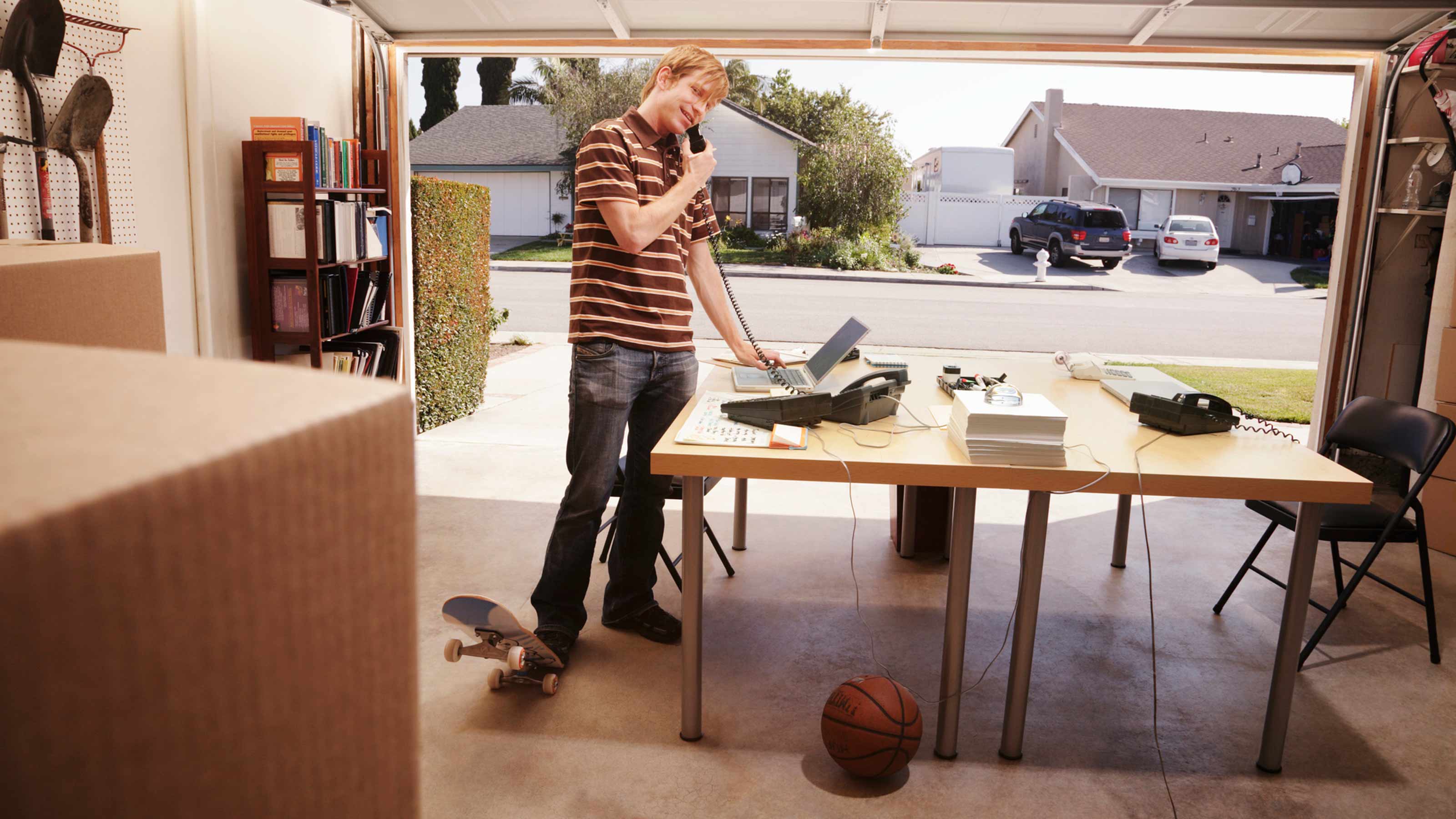
8. Converted rooms
If you turned your garage into a man cave or workshop with no space to park a car or if you use the formal dining room as an office or playroom for the kids, return the space to its original state. If you leave it as is, you force buyers to use their imaginations, which is a no-no, says Jennie Norris, a home stager and chairperson of the International Association of Home Staging Professionals (IAHSP).
This is an easy fix that doesn't require spending any extra cash. Simply set aside a day or two to clear out and clean the space. Swap in the old furniture that was previously there, and neatly store the pieces you've moved in a designated space (such as your basement) that's out of buyers' immediate eyesight when entering your home.
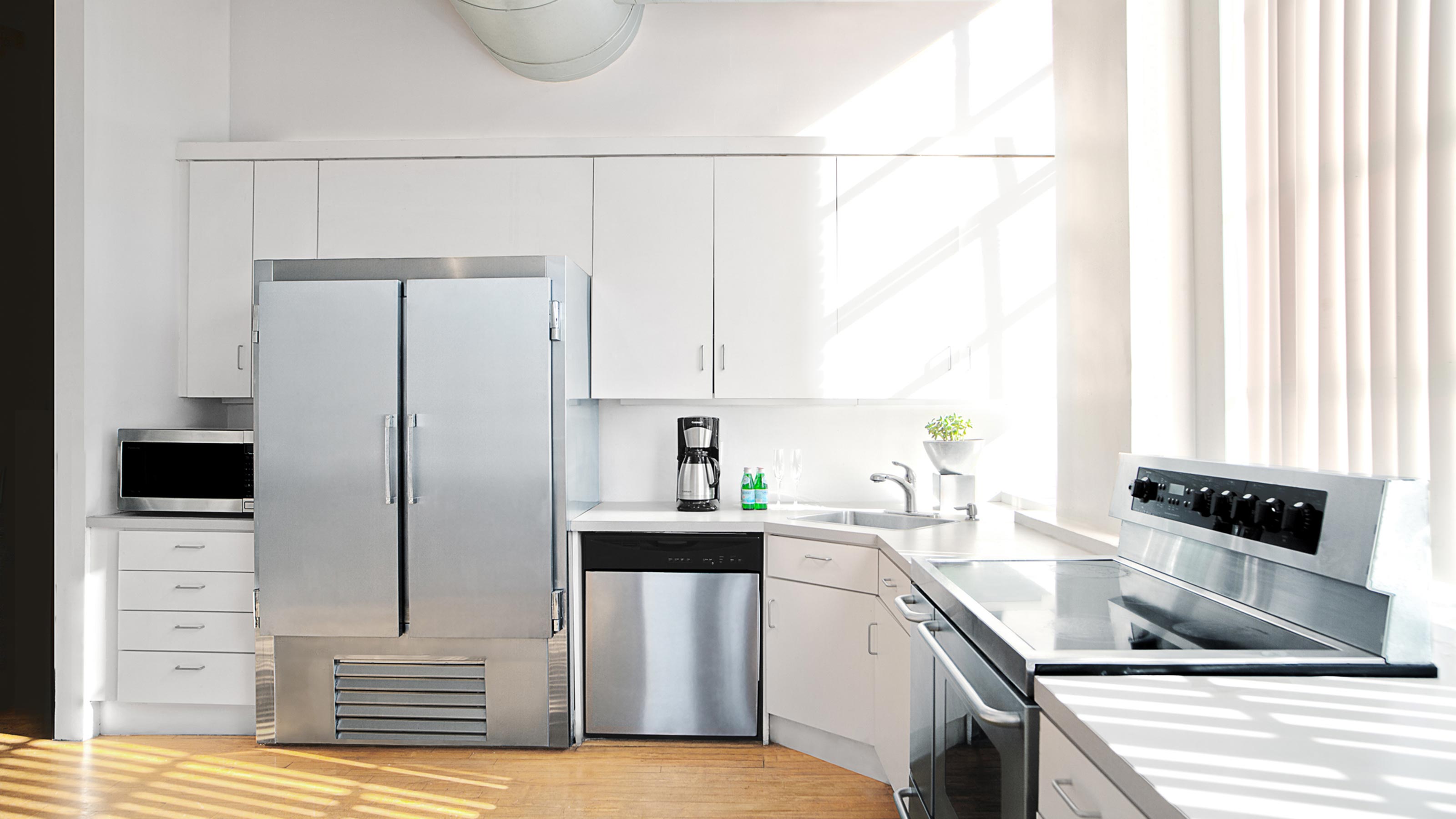
9. Mismatched appliances
After two decades, stainless steel is still the most popular kitchen appliance finish — but consistency among appliance finishes (i.e., all stainless, white or black) is your first goal as a seller. If you've lived in your house for a long time, you may have replaced a couple of appliances — the dishwasher is often the first to go — but not others (for example, a wall oven).
- Cost to fix: The cost to replace and install a 5-cubic-foot capacity wall oven in stainless steel ranges from $1,660 to $3,498, according to Homewyse.com.
Retailers may offer a discount on packages of appliances, as well as "scratch-and-dent" models, which have a slightly damaged finish and come with their original warranty.
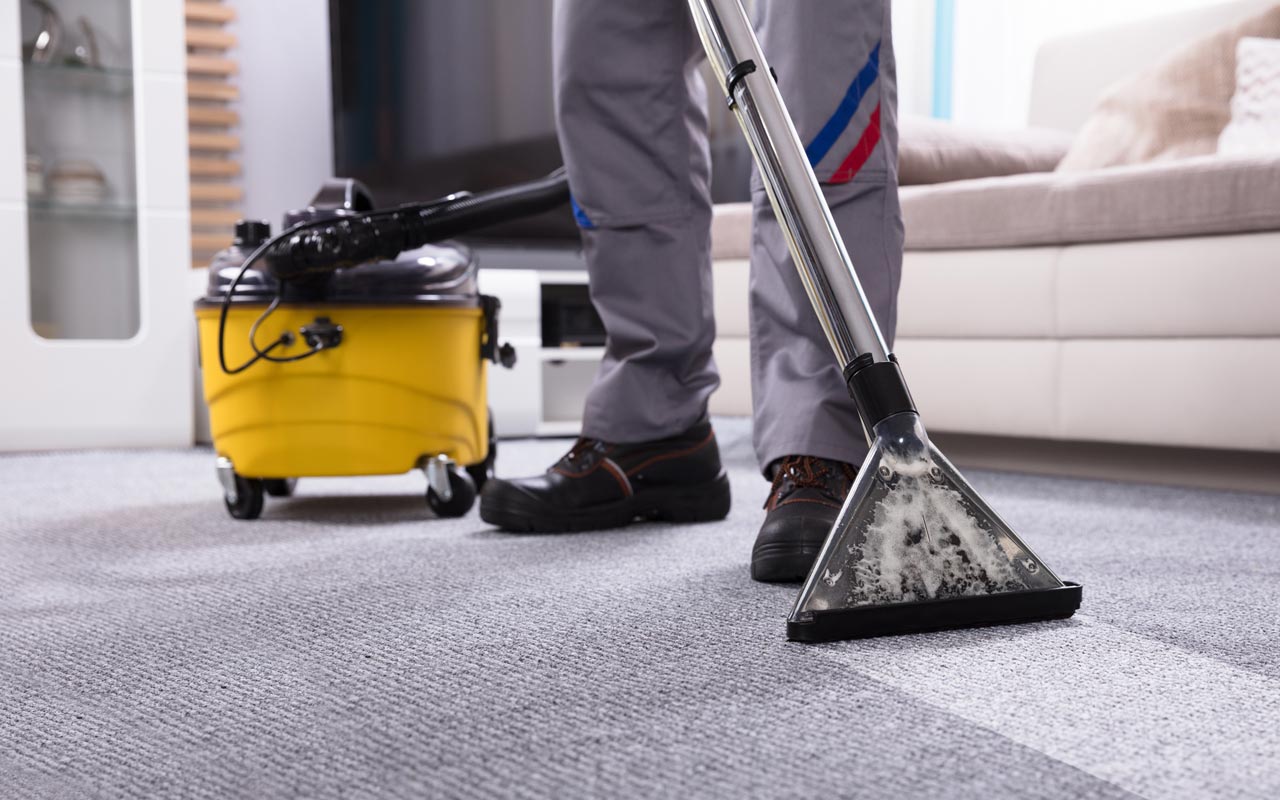
10. Wall-to-wall carpeting
Buyers these days expect hardwood floors, even in starter homes. Green says buyers in her area may be okay with carpet in bedrooms, whereas Sotheby's Seminara-Holzberg says hardwood is preferred throughout the house.
If carpet hides your home's original hardwood floors, remove it, even if the wood isn't in the best condition. If you must, offer to have the hardwood refinished after you move out or give the buyer an allowance for refinishing. If you have carpet laid over plywood, consider installing hardwood. Otherwise, don't remove the carpet. Just make sure the carpet looks and smells its best by having it professionally cleaned, especially in high-traffic areas or if you have pets.
Also, talk with your agent about the best strategy (for example, replacing carpet or giving buyers the option to choose what they want). If you replace carpet, choose a low-pile product in a neutral color with a thick pad, which will make a less-expensive carpet feel more luxurious, Green says.
- Cost to fix: A pro can clean 500 square feet of carpet with light stain removal for about $169 to $210, according to Homewyse.com. The cost to refinish 500 square feet of hardwood flooring runs about $2,810 to $3,400, including labor, while the cost to install new hardwood runs from about $6,140 to $8,420. The cost to install 500 square feet of new carpet runs $2,834 to $3,806.
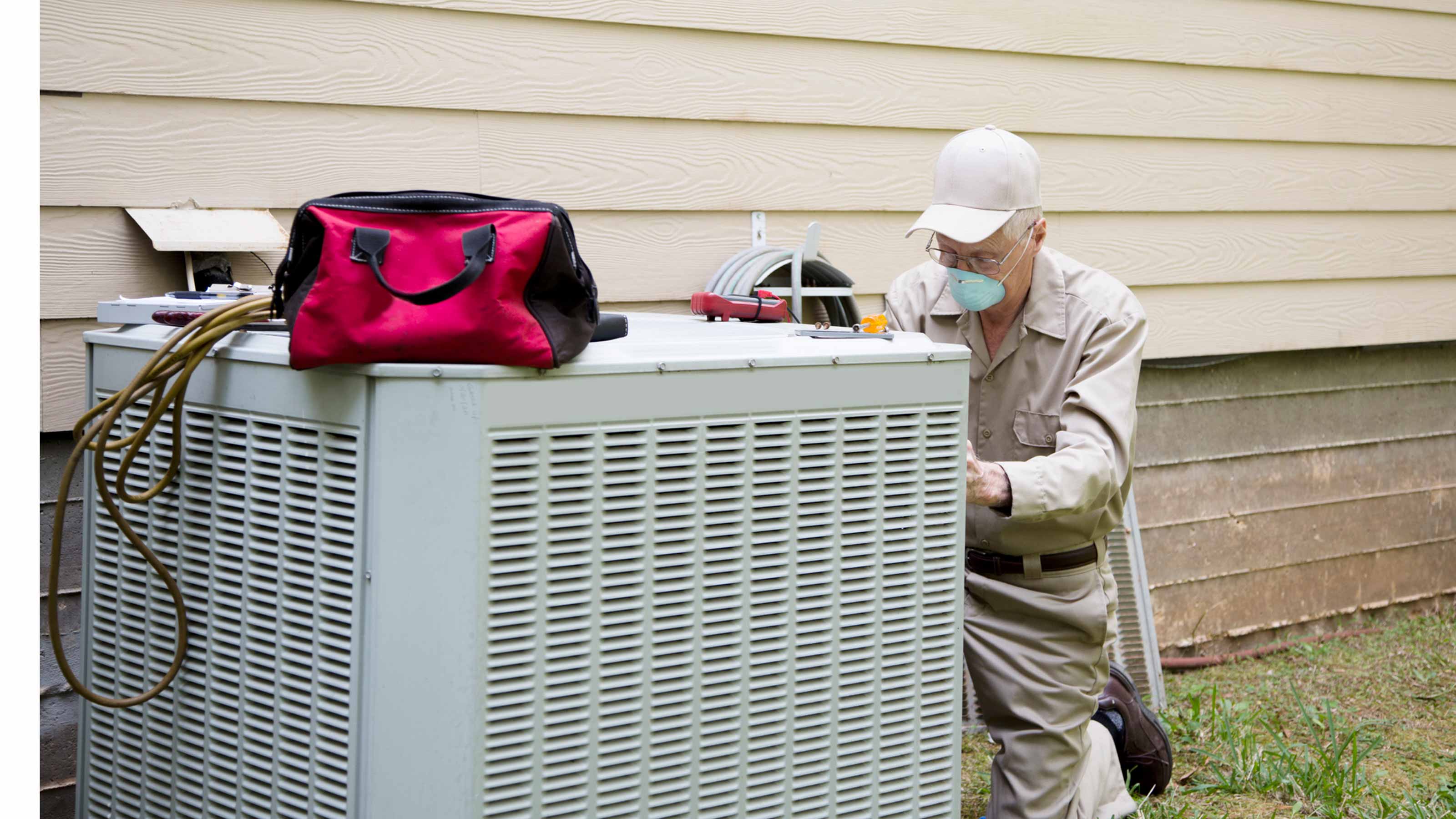
11. An old HVAC system
Home buyers today care about energy efficiency — especially the cost to heat and cool — and fear having to replace a big-ticket item.
With recommended maintenance and normal wear and tear, the typical life expectancy of a heating or air conditioning system ranges from 10 to 15 years, although a furnace can last as long as 25 years, according to Angi.com.
If your air conditioner or heat pump is more than 10 years old or your furnace or boiler is more than 15 years old or if your system is showing symptoms of declining performance, consider replacing it with a high-efficiency Energy Star-rated unit.
When seeking bids for the work, look for contractors who are members of the Air Conditioning Contractors of America whose technicians are NATE-certified (North American Technician Excellence).
- Cost to fix: The national average cost to install a new air-conditioning unit (including removal and disposal of the old unit) is from $7,001 to $8,300, according to Homewyse.com. A split system ranges from $1,900 to $4,200. The cost to install a new 96% efficiency gas furnace is $2,957 to $3,500, while you'll have to shell out between $4,233 to $7,895 to have a heat pump installed.
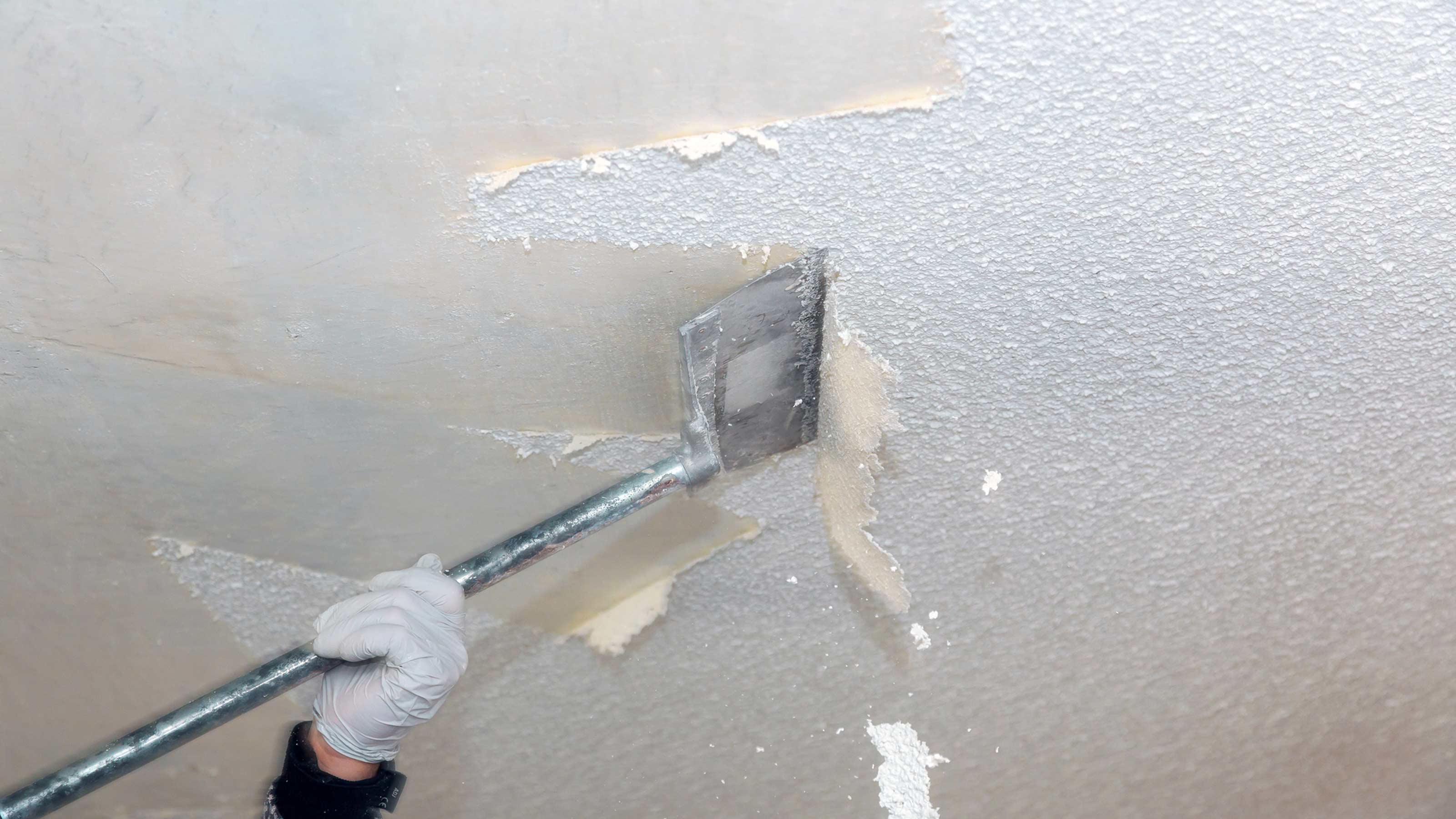
12. Popcorn-finished ceilings
Anyone who has lived with this outdated mode of room-top styling knows that it accumulates dirt, defies cleaning and is hard to paint. Worse, if your home was built prior to the mid-1980s, it may contain asbestos (which was banned in ceiling products in 1977, but existing supplies may have been used later).
If you have any concerns, have the ceiling sampled and tested for asbestos by a licensed inspector. For more information, check out the EPA's Asbestos: Protect Your Family fact sheets. If the test result is positive, hire an asbestos abatement contractor who is federally or state trained and accredited (not by the same company that tested the ceiling) to seal it with spray paint if it's in good shape (not peeling or crumbling) and unlikely to be disturbed. Or remove the ceiling treatment and properly dispose of it, which is an expensive proposition.
Removal is usually a messy and laborious process with or without asbestos. The material must be wetted down and scraped. The underlying wallboard will need to be wiped clean. Once the popcorn is gone, the ceiling often must be repaired with joint compound and repainted. Even if there's no asbestos, you probably should hire a drywall or painting contractor for the job. (For a glimpse of the process, visit ronhazleton.com.)
- Cost to fix: You'll pay between $230 to $800 to have a professional test for asbestos. If the test is negative, the cost for removal, repair and repainting will be about $1 to $6 per square foot (or $500 to $2,000 for 500 square feet), according to Angi.com. If asbestos is present, you'll pay another $9 to $20 per square foot (or $4,500 to $10,000 for 500 square feet) to remove it. If the popcorn ceiling has been painted over previously, the cost of removal could rise by half again.

13. Unfinished and/or DIY projects
Don’t bring a project to 80% completion and then leave it unfinished. And, on top of it, expect a buyer to pay for your project like it’s completed.
If you have embarked on a DIY project, buyers will notice if the job wasn’t done properly. They will realize that they’ll need to spend money to fix the issue, and it could be a reason for them to choose another home.
It is also common for DIY projects to not be finished. Though you might have done the majority of the work, a potential buyer won’t want to finish your project.
Buyers are looking for homes that are ready to move into. But if they need to redo or finish your renovation because the finish is not good enough, they will probably continue their search.

14. Indoor houseplants
You may prize your houseplants, but your goal isn't to impress potential buyers with your green thumb, says IAHSP's Norris. Having too many on display will take up needed visual space. Reduce the number by giving them to friends, selling or even giving them away using sites such as Facebook's Marketplace or Nextdoor.com. If your plants are scraggly or unhealthy, toss them out, compost them or give them to a friend or family member who can rehabilitate them.
You'll definitely want to remove any artificial floral arrangements and plants that collect dust and will remind younger buyers of Grandma's house. If you donate them to a nonprofit thrift shop such as Goodwill, you can claim a tax deduction if you itemize deductions on your federal tax return.
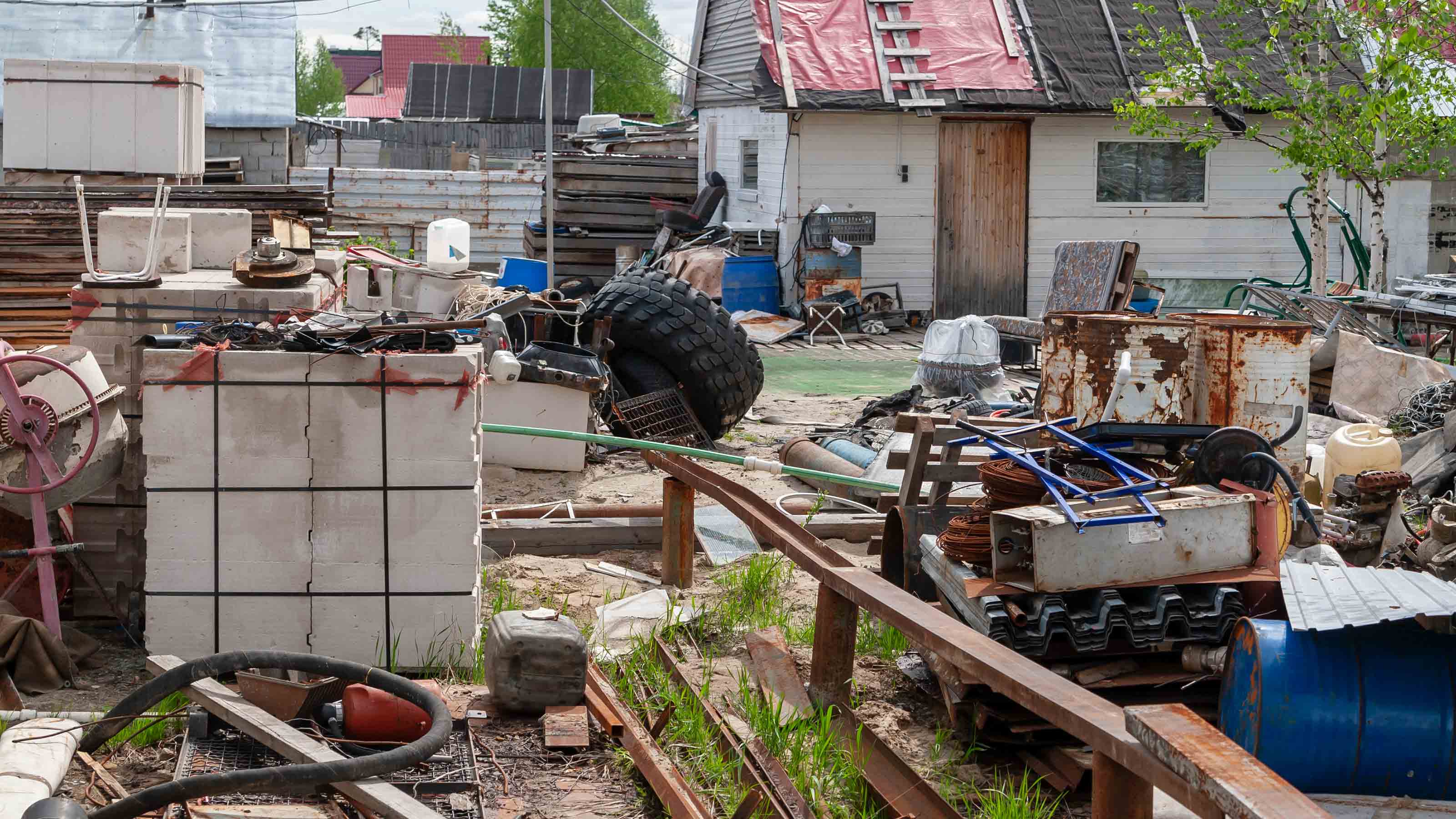
15. Messy neighbors
Buyers will scope out your neighbor's property, and if theirs looks haunted, that could be a turn-off. Pay your neighbors a friendly visit to let them know you're planning to sell, and ask if they can help you make the best impression and sell for top dollar — which will increase their home's value, too — by "catching up" with their yard work or tidying. If they're elderly or otherwise in need of help with the outdoor labor, offer to mow their lawn and prune their shrubs or pay for someone to do it for them.
If your neighbors are unreceptive and you believe they're breaking the rules of your homeowners association or laws of your town, you could report them. It won't foster friendly relations, but it could force them to step up.
- Cost to fix: Install a wood privacy fence. To install 25 feet of fencing will cost an average of $739 to $1,1186, according to Homewyse.com. And note that due to labor and materials shortages due to the pandemic, it may take a long time to purchase your fence and have it installed. Plan accordingly.
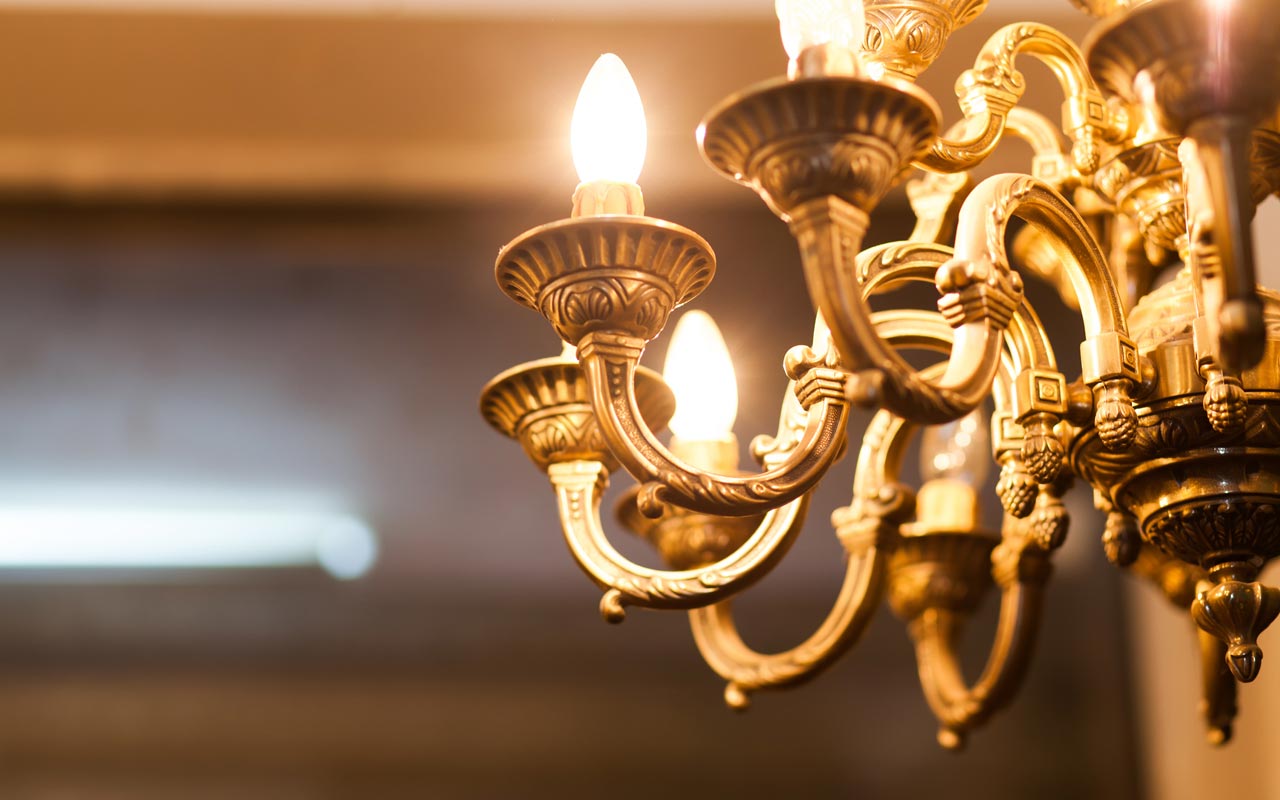
16. Outdated brass hardware and fixtures
From switch plates to chandeliers, builder-grade, shiny yellow brass has been unpopular for a while. However, gold finishes in a non-glossy finish (satin or brushed) have regained some popularity. Check with a real estate agent to see what's happening in your market and the estimated cost for those updates. If replacement is in order, choose nickel, chrome or stainless steel fixtures in your choice of finish (polished, satin, matte or brushed), which will work in most settings from traditional to contemporary — or an oil-rubbed bronze finish to update a traditional room.
Replacing a light fixture is a pretty straightforward do-it-yourself job. For instructions, watch these YouTube videos: How to Install a Chandelier from Lamps Plus, and Buildipedia DIY's How to Replace a Light Fixture.
- Cost to fix: You could buy two chandeliers (for example, to put over the kitchen and dining-room tables) and a few flush-mounted lights for $300 to $600 at a big-box store such as Lowe's or Home Depot, or online at lampsplus.com. After that, it's DIY.

17. Bathroom carpet
While some home buyers may appreciate having carpet underfoot in the bedrooms, it's a total turn-off in the bathroom, where it will absorb moisture and more. (Yes, some new-home builders in the 1990s outfitted bathrooms with carpet, says real estate agent Anthony Rael, a Re/Max agent based in Denver.) Eliminate the yuck factor by replacing the carpet with high-quality, but economical vinyl flooring that looks like tile.
- Cost to fix: Expect to pay about $280 to $620 for 50 square feet of sheet vinyl flooring (including removal and disposal of old flooring), according to Homewyse.com. For some added wow factor, opt for ceramic tile. A 12x12 inch glazed ceramic tile floor costs around $822 to $1,386 for 50 square feet.

18. Wallpaper and wood paneling
Although wallpaper is making a comeback, generally speaking it dates a home, buyers won’t like your wallpaper, and they will only see the work required to remove it. You can save money by doing it yourself. Removing a decorative border may be manageable, but stripping a roomful of wallpaper will be a major chore. If you hire a professional to strip wallpaper, you'll pay from $670 to $1,350 for 500 square feet of wall, according to Homewyse.com.
Buyers aren't enamored of brown, wood paneling, either. In that case, it may be easier to just paint it white at a cost (including priming) of about $580 to $1,220 for 500 square feet. Be sure to degloss the surface with a liquid sandpaper (like Krud-Kutter Gloss-Off, $8 for a quart at Home Depot) and prime it so paint will adhere. (To see how, watch HGTV's video How to Paint Over Wood Paneling.)
If you have knotty-pine paneling in a den or rec room, check with a local decorator or agent before you do anything to it. Younger buyers may like its vintage vibe and buyers generally may appreciate its warm and cozy feel.
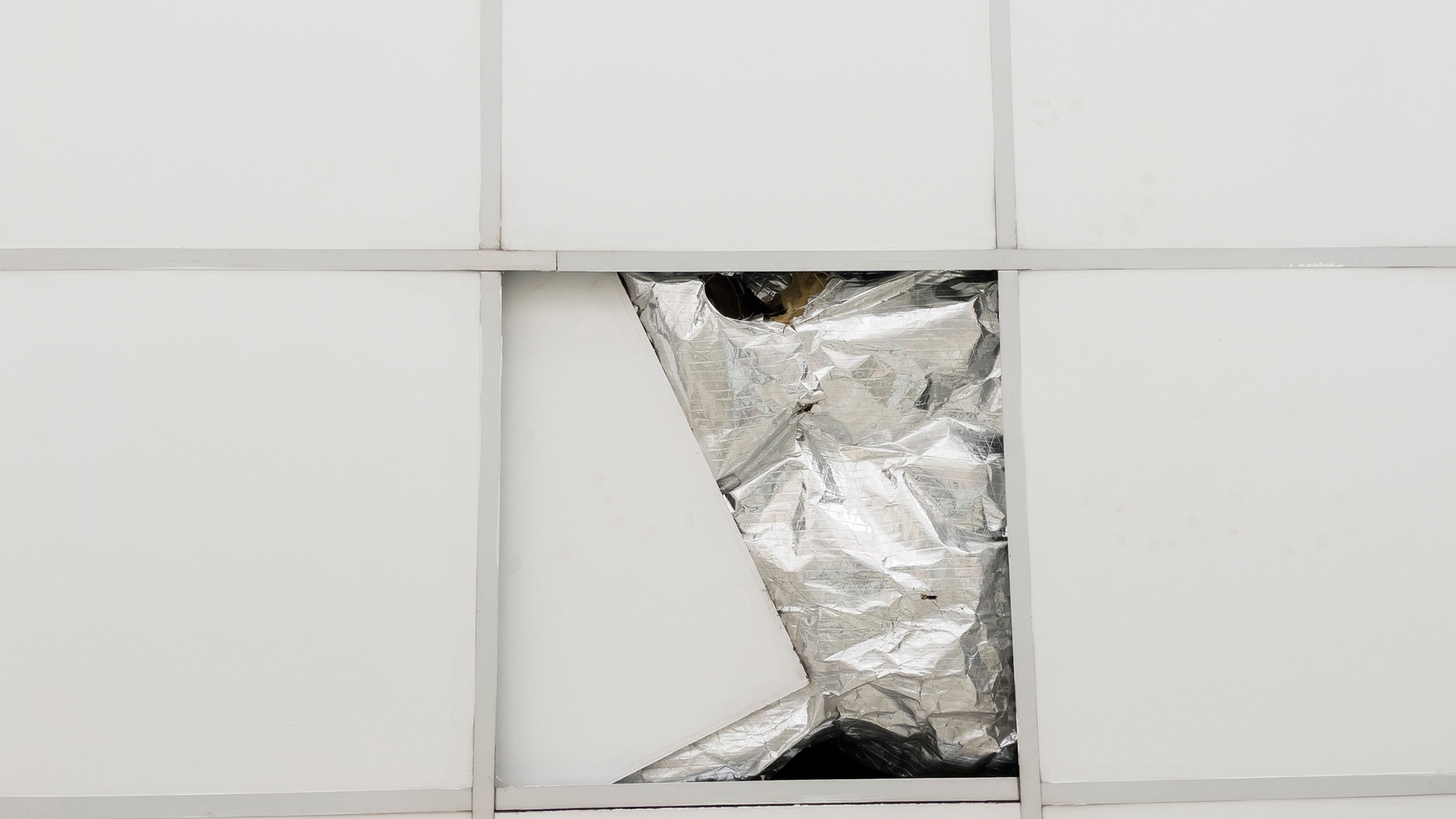
19. Acoustic tile and dropped ceilings
If you have an older home, your ceilings may have been covered with acoustic tile squares to cover cracked plaster or other damage. Buyers will likely think, "Can you imagine what it looks like under that?" says Sotheby's Seminara-Holzberg. She recommends removing the old material and replacing it with drywall. If the house was built before the mid-1980s or the ceiling tile was installed before then, a test for asbestos may be needed.
In older basements, a dropped ceiling (suspended from the framing above to finish the space, covering floor joists and pipes) can make the space feel smaller to buyers. Take it down, and paint everything including the floor joists, floor underlayment and pipes. "As tall as you can make the basement, the better," she says.
- Cost to fix: According to Homewyse.com, the cost to remove 500 square feet of acoustic-tile ceiling, install drywall and paint it ranges from $1,580 to $5,500

20. Bugs and other critters
If you're startled by fleeing creatures when you turn on the lights in your home, just imagine how a prospective buyer will feel — ewwww. Now's the time to say bye-bye to ants, cave (camel) crickets, cockroaches, scorpions, termites, mice and more. On its blog The Buzz, Terminix, the pest control company, offers good advice for preventing problems, recognizing signs that your home has unwelcome guests and taking steps to rid yourself of them. If doing it yourself isn't doing it, you'll need to hire a pro.
To evict furry, four-legged critters, consider hiring a wildlife control company that uses humane practices. The Humane Society of the United States provides a guide to hiring one.
- Cost to fix: The typical one-time cost of pest control is about $300 to $550, according to HomeAdvisor.com. If you have an on-going problem, contract with an exterminator to visit periodically. You'll pay $150 to $300 for an initial visit and can expect to pay on average $40 to $75 per month for subsequent visits (or $100 to $300 quarterly). The cost will vary with the size of your property and the level of infestation.
If you have ended a termite problem but need to repair damage, you can hire a handyman who will charge about $410 to $840 for a day of labor, according to Homewyse.com.
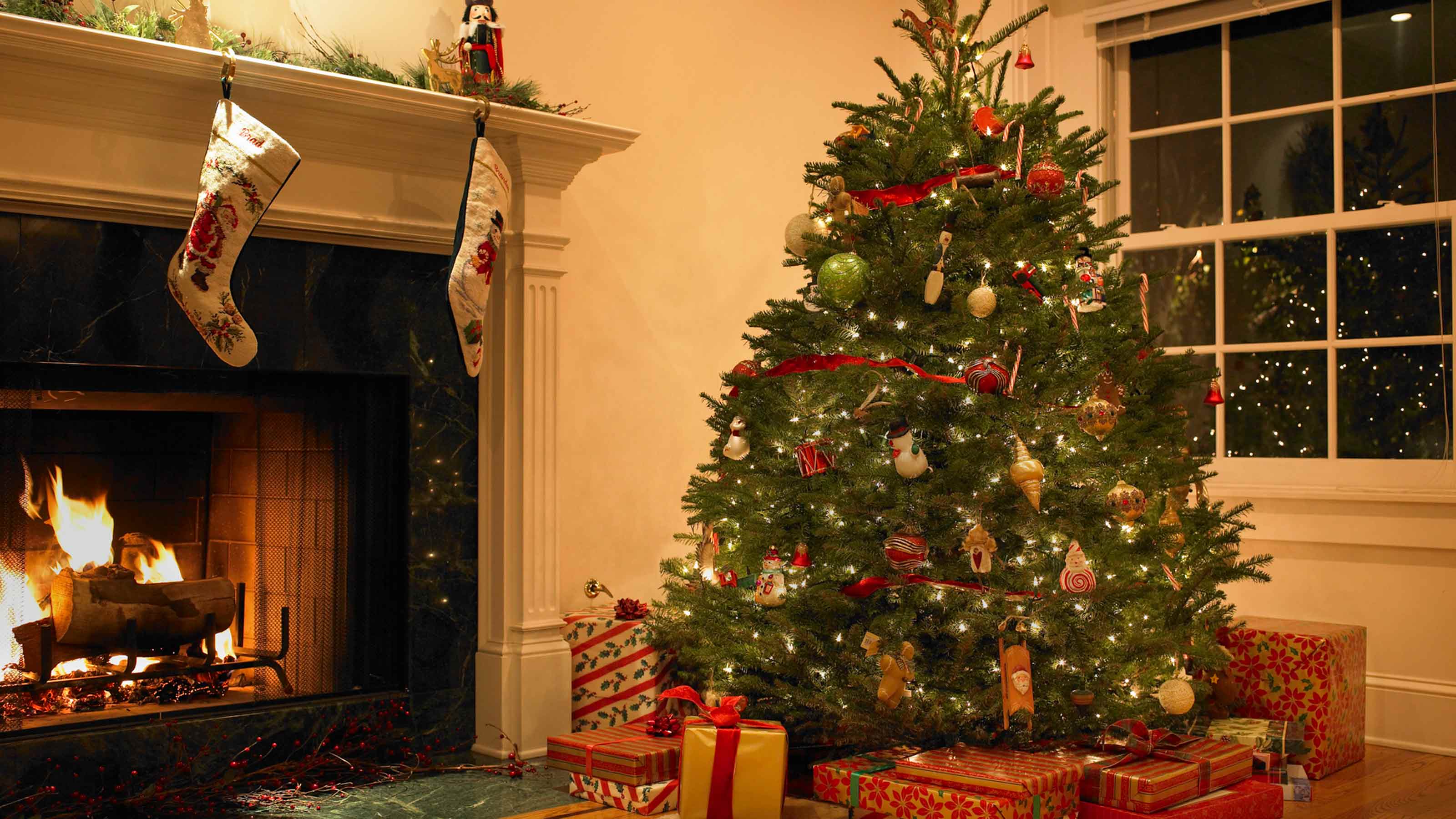
21. Holiday decorations
Holiday decor can be hard for buyers to overlook, IAHSP's Norris notes. Plus, they may not celebrate the same holiday as you.
If you end up selling during the winter holiday season, be sure to keep your decorating to a minimum. You can hang a cheerful wreath and display a colorful potted poinsettia, but forego a Christmas tree if it will make the room feel crowded. Also, don't display wrapped presents, which may invite theft. And while exterior lights are probably okay, keep it simple. After all, this isn't National Lampoon's Christmas Vacation, and you're not Clark Griswold.
You'll save yourself some hassle if you leave your holiday décor packed up for your move. Or you can sort through it and decide what you don't want. Then, donate or sell the leftover items. "Christmas is huge in resale," says Bonnie Kallenberg, owner of the Atlanta-based consignment shop Finders Keepers Consignments. She begins accepting holiday items just after Labor Day
However, if you must put up your special occasion decorations, IAHSP's Norris recommends taking your home off active showings for two weeks while the holiday is ongoing. Once it's over, remove them and get your house back in order and ready for potential buyers, she advises.
Profit and prosper with the best of Kiplinger's advice on investing, taxes, retirement, personal finance and much more. Delivered daily. Enter your email in the box and click Sign Me Up.

-
 What You Need to Do With Your 401(k) Before 2025 Is Over
What You Need to Do With Your 401(k) Before 2025 Is OverBefore 2025 ends, check your 401(k) contributions, investments, and catch-up eligibility to lock in this year’s tax savings and employer match.
-
 3 Year-End Tax Moves You Can't Afford to Miss
3 Year-End Tax Moves You Can't Afford to MissDon't miss out on this prime time to maximize contributions to your retirement accounts, do Roth conversions and capture investment gains.
-
 A Tax Diversification Strategy for Your Retirement Income
A Tax Diversification Strategy for Your Retirement IncomeSpreading savings across three "tax buckets" — pretax, Roth and taxable — can help give retirees the flexibility to control when and how much taxes they pay.
-
 12 Great Places to Retire in the Midwest
12 Great Places to Retire in the MidwestPlaces to live Here are our retirement picks in the 12 midwestern states.
-
 15 Cheapest Small Towns to Live In
15 Cheapest Small Towns to Live InThe cheapest small towns might not be for everyone, but their charms can make them the best places to live for plenty of folks.
-
 Best Cold Weather Places to Retire
Best Cold Weather Places to RetirePlaces to live Some like it hot; others, not so much. Here are the 12 best places to retire if you can't stand the heat.
-
 The 24 Cheapest Places To Retire in the US
The 24 Cheapest Places To Retire in the USWhen you're trying to balance a fixed income with an enjoyable retirement, the cost of living is a crucial factor to consider. Is your city the best?
-
 The Six Best Places to Retire in New England
The Six Best Places to Retire in New Englandplaces to live Thinking about a move to New England for retirement? Here are the best places to land for quality of life, affordability and other criteria.
-
 Best Cold Weather Places to Retire
Best Cold Weather Places to Retireplaces to live Some like it hot; others not so much. Here are the 12 best places to retire if you can't stand the heat.
-
 15 Ways to Prepare Your Home for Winter
15 Ways to Prepare Your Home for Winterhome There are many ways to prepare your home for winter, which will help keep you safe and warm and save on housing and utility costs.
-
 5 Great Places to Buy a Vacation Home
5 Great Places to Buy a Vacation HomeWant a vacation home for remote work or a fun getaway? Here are locations with median prices under $500K.


